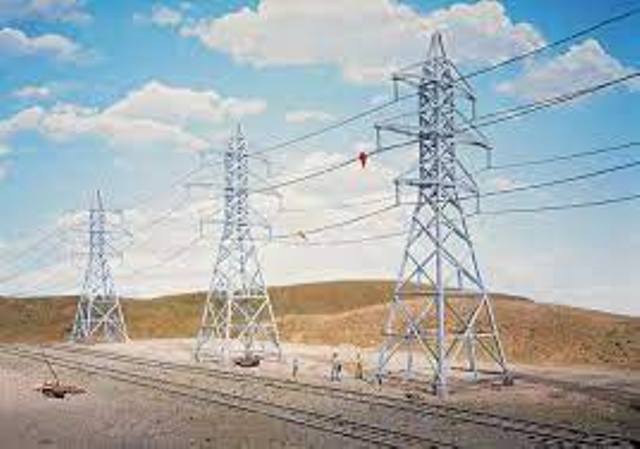En route to school, I noticed a motorbike parked near a electricity high tension pole, which piqued my curiosity about the proximity of residencies to these structures. Intrigued, I decided to conduct further research on electricity high tension poles.
High tension poles, also referred to as high voltage transmission towers or electrical pylons, are tall structures specifically designed to support overhead power lines for the transmission of electrical energy over long distances. They are primarily used to carry high voltage cables and provide the necessary support for these cables, thanks to their tall and sturdy construction capable of handling high voltage loads.
According to research, living in proximity to high tension poles does not necessarily have negative health effects. The potential health impacts of electromagnetic fields (EMFs) generated by power lines and high voltage cables have been a topic of study and debate for many years. While some studies suggest a possible association between long-term exposure to high levels of EMFs and certain health conditions, others have found no substantial evidence of adverse health effects.
However, it is important to note that individual circumstances and sensitivities can vary. If you have specific concerns about living near a high tension pole, it would be advisable to consult a local health authority or medical professional who can provide more personalised information and guidance based on your specific situation.
During an interview with residents living in close proximity to high tension poles, it was revealed that many of them reside there due to a lack of alternative housing options. While they acknowledge the potential consequences of living near high tension poles, they expressed that they had no other place to stay.
According to Mr. David Achetey, an Engineer at the Electricity Company of Ghana in Kasoa, in the Central Region, he emphasised that it was not safe to be in close proximity to high tension poles. He advised that individuals should maintain a distance of 10 to 20 meters from the pole to ensure their safety.
Additionally, he mentioned that while there may not be specific health risks associated with living near high tension poles, potential hazards such as fire outbreaks and burns should be considered.
It is important to prioritise personal safety and weigh the potential risks when residing near high tension poles. However, considering the concerns raised by residents, and the advice of an expert like Mr. David Achetey, it is advisable to explore alternative housing options if available to mitigate potential hazards.
It is advisable for individuals living in close proximity to high tension poles to maintain a safe distance from these structures. While there is no conclusive evidence of adverse health effects from living near high tension poles, it is important to exercise caution, particularly for those who regularly work with machinery or equipment near these poles. Taking extra precautions can help minimise potential health risks and avoid causing hazards to the people residing in the vicinity.
If you have any specific concerns or questions about the high tension poles near your location, it is recommended to seek guidance from local health authorities or experts. They can provide accurate and up-to-date information tailored to your specific area and address any concerns you may have regarding potential health impacts.
By Savannah Pokuaah Duah
The views expressed in this article are the author’s own and do not necessarily reflect The Chronicle’s stance.










